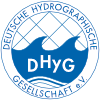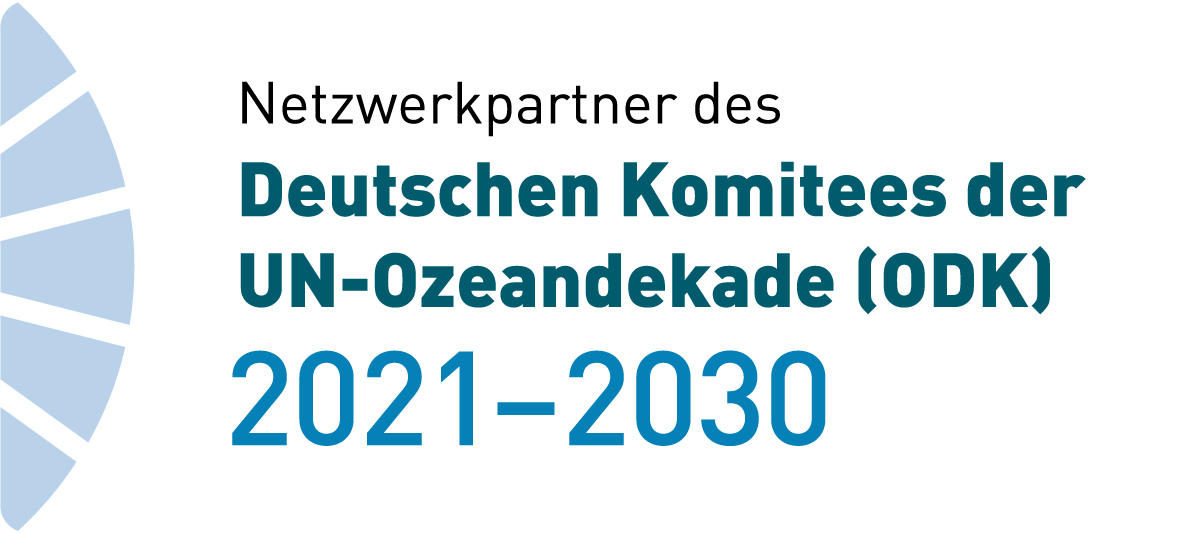HN Ausgaben wählen
- HN 132 (9)
- HN 131 (17)
- HN 130 (10)
- HN 129 (8)
- HN 128 (10)
- HN 127 (6)
- HN 126 (10)
- HN 125 (11)
- HN 124 (8)
- HN 123 (10)
- HN 122 (9)
- HN 121 (10)
- HN 120 (7)
- HN 119 (10)
- HN 118 (7)
- HN 117 (10)
- HN 116 (14)
- HN 115 (10)
- HN 114 (6)
- HN 113 (10)
- HN 112 (7)
- HN 111 (9)
- HN 110 (9)
- HN 109 (11)
- HN 108 (8)
- HN 107 (9)
- HN 106 (7)
- HN 105 (14)
- HN 104 (6)
- HN 103 (11)
- HN 102 (8)
- HN 101 (9)
- HN 100 (13)
- HN 097 (1)
Bathymetrische Kompilation und geomorphologische Analysen am Knipovich-Rücken
Mittelozeanische Rücken stellen das erste Glied im globalen Förderband von Neubildung, Abkühlung, Abdeckung und Subduktion ozeanischer Kruste dar. Eine ihrer Gattungen, die ultralangsam spreizenden Rücken, ist erst in den letzten Jahren in den Fokus der Forschungsgemeinschaft gerückt und deswegen noch nicht im Detail verstanden. Zu einem Vertreter dieser Gruppe, dem Knipovich-Rücken in der Norwegen-Grönland See, wurde deswegen eine Kompilation von hochauflösenden bathymetrischen Daten angefertigt und damit erstmals ein detailreicher, zusammenhängender Datensatz in diesem Gebiet generiert. Dieser wurde anschließend mit einer ringförmigen Nachbarschaftsanalyse in zwei Frequenzbereichen analysiert und ausgewertet. So konnten übergeordnete Strukturen wie magmatisch robustere Bauten sowie deren interne Struktur dargestellt werden. Der automatisierte und einheitliche Charakter dieser Methodik eröffnet dabei Möglichkeiten in Bezug auf objektivere und quantitativere Rückschlüsse. Festgestellt wurde dabei, dass die Orientierung der Riftachse Auswirkung auf die Ausrichtung von bestimmten tektonischen Strukturen hat. Des Weiteren kann ein Einfluss der Obliquität auf die Strukturgröße am Rücken nachgewiesen werden. Diese Abhängigkeit wird aber zusätzlich von der Magmaverfügbarkeit im jeweiligen Gebiet beeinflusst. Unterschiede in der Rauigkeit des Meeresbodens weisen weiterhin auf eine zeitliche Variabilität dieser Magmaproduktion hin. Außerdem konnten morphologische Unterschiede in den zwei bekannten magmatischen Centern in diesem Gebiet aufgedeckt werden.
Knipovich-Rücken | Mittelozeanische Rücken | Nachbarschaftsanalyse | Obliquität
- Ausgabe: HN 110 Seite: 27–33
- DOI: 10.23784/HN110-04
- Autor/en: Jonah Geils
Multisensor microbathymetric habitat mapping with a deep-towed Ocean Floor Observation and Bathymetry System
To describe the seafloor topography, a number of different bathymetric methods can be applied which show major differences in coverage, resolution and topographic uncertainty. In order to conduct high-resolution habitat mapping in the deep sea, subsea survey methods need to be utilised. One of those methods is the use of deep-towed sensors. This work presents the newly developed Ocean Floor Observation and Bathymetry System (OFOBS), a sensor frame with optical, acoustic and navigational sensors. With a developed processing workflow, different products are gained from post processing the collected data sets, namely submetre acoustic bathymetry, subdecimetre side-scan mosaics, subcentimetre photogrammetric microbathymetry and geometrically corrected, georeferenced submillimetre photo mosaics. The data was collected during the RV Polarstern expedition PS101 in the extreme environment of the volcanic seamounts along the Langseth Ridge in the high Arctic (87°N, 60°E).
Arctic | microbathymetry | underwater photogrammetry | deep-tow
- Ausgabe: HN 110 Seite: 20–24
- DOI: 10.23784/HN110-03
- Autor/en: Simon Dreutter
Digital elevation models of underwater structures from UAV imagery
The paper presents a workflow for the generation of digital elevation models (DEMs) of underwater areas from aerial images. Standard software products do not provide the possibility to triangulate correctly through refractive interfaces, such as water. Known procedures are based on oriented images and known water levels with DEM determination via forward intersection based on reconstructed image ray paths (ray tracing). In this article an integrated procedure for image orientation as well as DEM extraction from aerial imagery containing both land and underwater areas is presented. The proof of concept was done by capturing UAV imagery of shallow water areas of a high-alpine lake in the Swiss Alps. The processed data set will be presented and the extraction and matching of image points observed through water are discussed. The accuracy potential as well as practical limitations of processing multimedia data are analysed.
UAV | DEM | underwater | multimedia | bundle adjustment
- Ausgabe: HN 110 Seite: 14–19
- DOI: 10.23784/HN110-02
- Autor/en: Christian Mulsow
Mass wasting in Lake Constance – A GIS-based geo-morphometric reconnaissance
New high-resolution hydroacoustic data from the »Tiefenschärfe« project in Lake Constance (central Europe) reveals a large amount of mass wasting events occurring on all slopes and influencing large parts of the lake floor. Within a GIS-supported geomorphologic investigation, a manual picking of mass transport deposits, as well as a digital reconnaissance were carried out, based on the visual appearance of mass transport deposits and on elevation-derived morphometric parameters, respectively. Subjective manual and objective (semi-)automatic detection strategies show the usability of the latter to be a new, easy-to-use assistive tool for identifying mass transport deposits in large bathymetric data sets and quantifying the morphological imprint of events on the lake floor. The iteratively determined algorithm divides mass wasting occurrences into the sub-features break-off edge, transport channel and depositional lobe and suggests morphometric dependencies for each sub-feature. Because Lake Constance consists of three mutually independent subbasins the algorithm success differs somewhat, which we credit to locally changing hydrodynamic and sedimentologic patterns.
Lake Constance | bathymetry | mass wasting | morphometry | GIS
- Ausgabe: HN 110 Seite: 8–12
- DOI: 10.23784/HN110-01
- Autor/en: Nils Brückner, Paul Wintersteller, Martin Wessels, Stefanie Gaide


